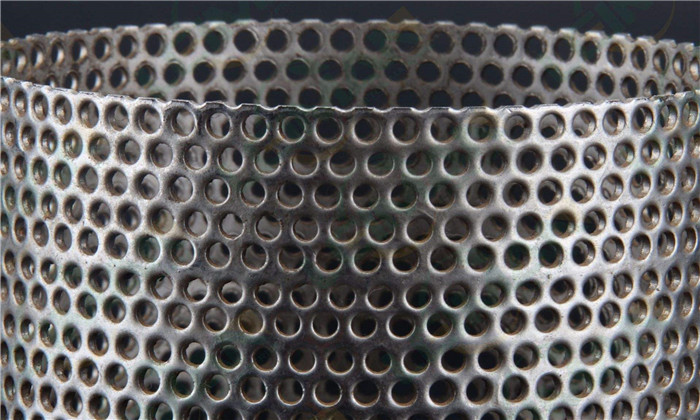To produce high-quality perforated sheets, the following aspects must be carefully addressed during the production process:
Material Inspection Before Production
Before production begins, the material’s properties, including its type, thickness, length, and width, must be thoroughly inspected. Using incorrect raw materials can lead to quality issues or render the product unusable.
Precise Calculation of Hole and Edge Spacing
During the punching process, accurate calculations for hole spacing and edge distances are essential. Uneven edge spacing may result in a perforated sheet with one side wider than the other, affecting both its appearance and functionality.
Mold Inspection and Trial Production
Before formal production starts, the molds used for perforation should be carefully checked for accuracy. Conducting a trial production run with a sample sheet helps ensure the molds are correctly set, reducing the risk of significant errors during mass production.
Post-Production Flattening
After production, the perforated sheets should be flattened to maximize surface smoothness. This step not only improves the product’s appearance but also ensures its performance meets application requirements.

2024-08-07
2025-03-14
2025-03-04
2025-01-10
2024-09-06
2025-03-04
2025-03-04
2025-03-04
2025-01-10
2024-09-30